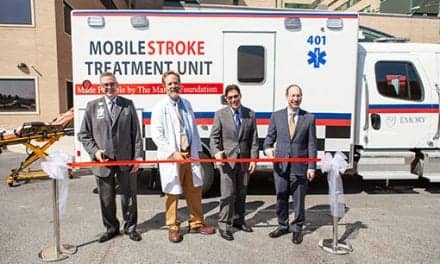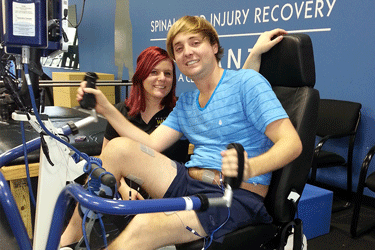by David Douglas
Last Updated: 2008-02-19 16:01:14 -0400 (Reuters Health)
NEW YORK (Reuters Health) – The ability of the ABCD (age, blood pressure, clinical features and duration) score to predict stroke in patients with recent TIAs is slightly improved by adding CT findings, Italian researchers report.
During a 6-month period, Dr. Rossella Sciolla and colleagues at the University of Turin used the ABCD score alone and in combination with CT imaging to classify stroke risk in 274 patients who came to emergency departments within 24 hours of a TIA.
According to their report in the February issue of Stroke, 15 patients (5.5%) had strokes within 30 days of the index TIA. In 10 (3.6%), the stroke occurred within 7 days. For every point of the ABCD score, the odds ratio for a stroke increased by 2.55 at 7 days and 2.62 at 30 days. When a score incorporating the results of CT imaging was used, the predictive value rose to 2.68 at 7 days and 2.89 at 30 days.
These findings validate the utility of the ABCD score for identifying TIA patients at high risk for stroke, the researchers say.
"It seems important that the predictive value of scores such as the ABCD and its variants be confirmed in different populations," Dr. Rossella Sciolla told Reuters Health. This way, "Emergency Department physicians can feel confident in using it in their own setting. This is indeed what is happening in our region."
The authors call for further studies to "evaluate the advantage of adding CT scan findings to refine the predictive value [of the ABCD score] even more."
"The next step will be to quickly and effectively target patients at high risk…to prevent stroke," Dr. Sciolla added. "Recent papers… seem to confirm that this is really feasible, even if much is still to be achieved."
Stroke 2008;39:297-302.
Copyright Reuters 2008. Click for Restrictions




